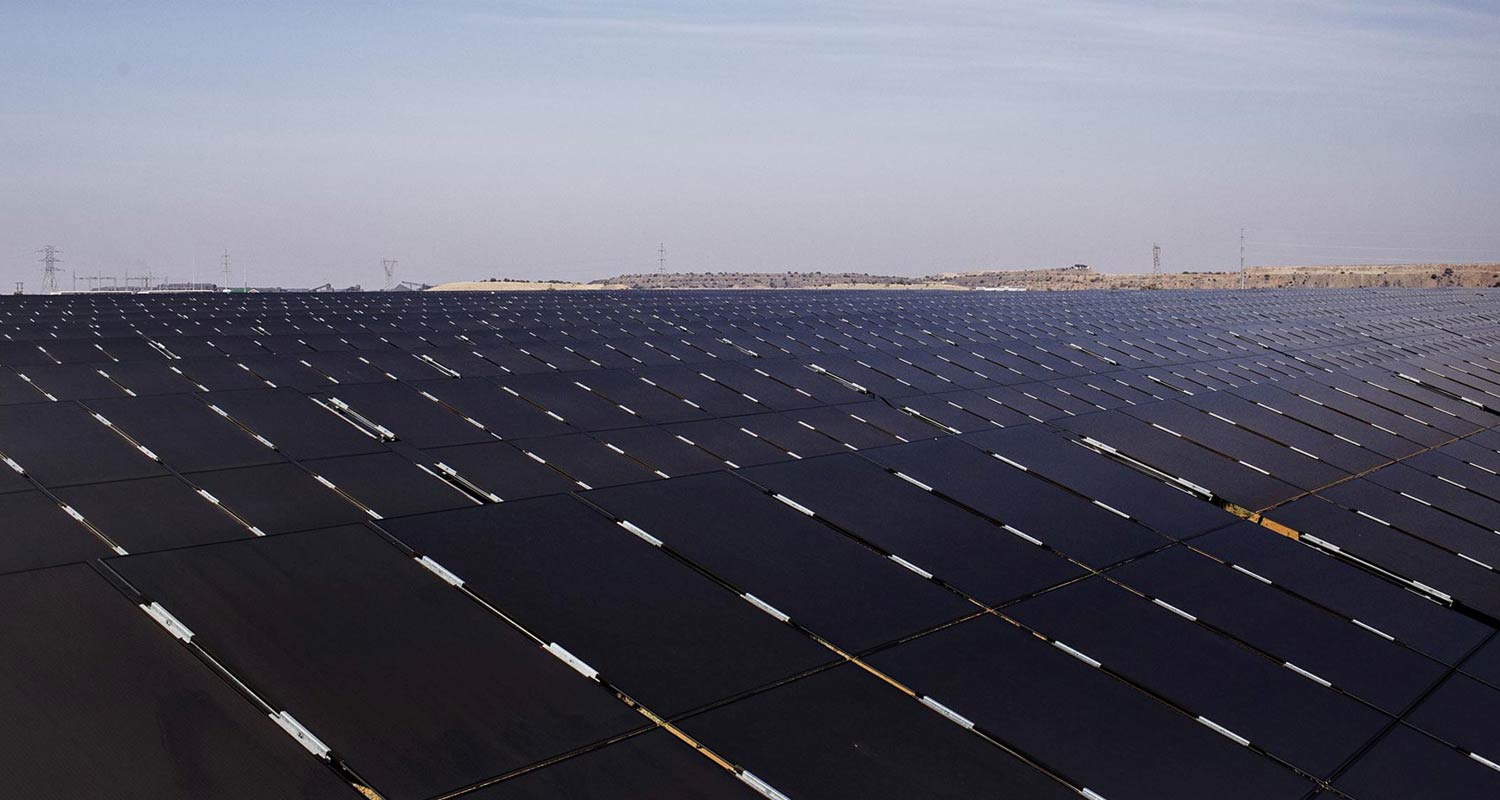Government is considering a “mega bid window” that accelerates energy deployment and fast-tracks industrialisation, localisation and job creation across the energy infrastructure value chain.
This comes after the announcement of its R2.2-trillion energy plan, which aims to boost renewable generation, with the private sector expected to fund about two-thirds of the investment.
Energy minister Kgosientsho Ramokgopa, who released details of the 2025 Integrated Resource Plan (IRP) on Sunday, said government is considering the expanded bid window due to issues with past bid processes.
“Part of the problem with the previous bid windows is we start and then there’s a hiatus. We are quiet, and then we start again. Then we are quiet,” he told reporters in Pretoria.
“Industries are unable to build capacity. There’s one firm that was located in Atlantis, in the SEZ (special economic zone), they’ve closed. They were manufacturing some of the components on the wind side, they’ve closed because we start, stop, start, stop.
“So, we want a continuous, uninterrupted programme to ensure we’re able to build industries on the back of what we are doing.”
Ramokgopa said the IRP will help revitalise industries, including construction, allowing them to build at the scale required for South Africa’s industrialisation drive.
Certainty for industry is paramount for the programme, he said.
Obstacles
“You have to look no further than our gross fixed capital formation, which is a proxy for investment. It’s supposed to be at 30% of GDP; it’s at 14.9%, and that’s why the economy is not growing. There’s nothing of significance to build and that’s why industries are folding,” he said.
“We have not really achieved what we wanted to with regards to new generation from the private sector as set out in IRP 2019,” he admitted.
Government also wants to deal with South Africa’s transmission development plan in the next bid window. Issues have included slow implementation, difficulties in securing private investment due to Eskom’s financial constraints, and a geographical mismatch between renewable energy zones and the existing grid.
Read: Wind, solar and gas take centre stage in South Africa’s future energy mix
He said grid availability will be matched by new generation capacity.
Chris Yelland, energy analyst and MD of EE Business Intelligence, told News24 on Monday that the new plan, which will add the capacity of two-and-a-half Eskoms to South Africa by 2039, could face large obstacles, especially on nuclear and gas.
 He said the IRP is “just an indicative plan” and that the investments will only become reality if and when procurement is completed and funded – which will be a major challenge in the absence of government guarantees.
He said the IRP is “just an indicative plan” and that the investments will only become reality if and when procurement is completed and funded – which will be a major challenge in the absence of government guarantees.
“As there will be no or little government guarantees to cover the risks, and the various parts of the plan have to be funded by DFIs (development finance institutions), financial institutions and commercial banks, there has to be a sound business case for the various parts of the plan to be financed and executed,” he said.
This will be difficult as there are concerns about where the demand for all the new electricity will come from, Yelland said. “Banks want to know there will be enough revenue to pay back the loans.”
Read: Eskom’s high-tech push to modernise the grid
He believes the plans for wind, solar PV and battery energy storage will be achieved, and probably exceeded. However, the gas-to-power is less likely to be successful.
The IRP details a plan to secure 6GW (more than three times Koeberg’s total output) in gas-fuelled power by 2030. It is currently zero.
There is little prospect of new gas supply in the near term following TotalEnergies’ decision to halt exploration and development off the Mossel Bay coast in the Western Cape. – (c) 2025 NewsCentral Media
Get breaking news from TechCentral on WhatsApp. Sign up here.

